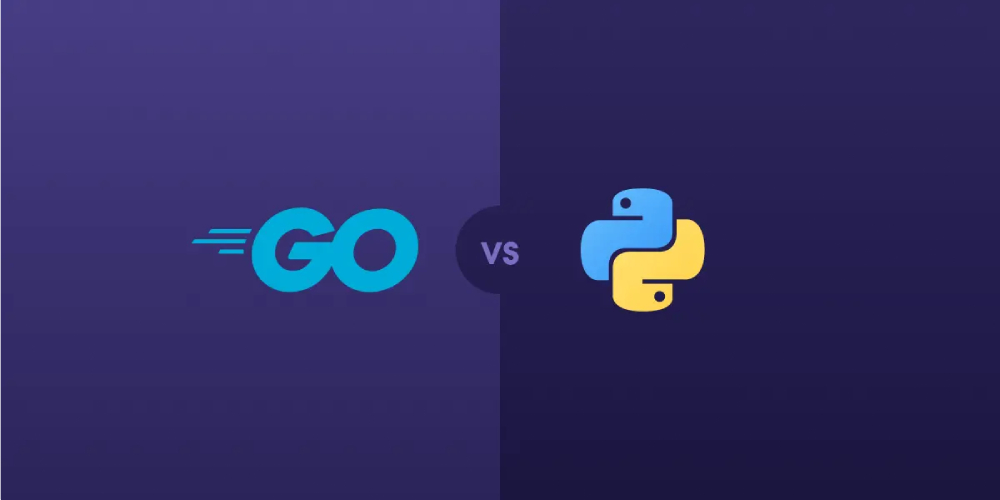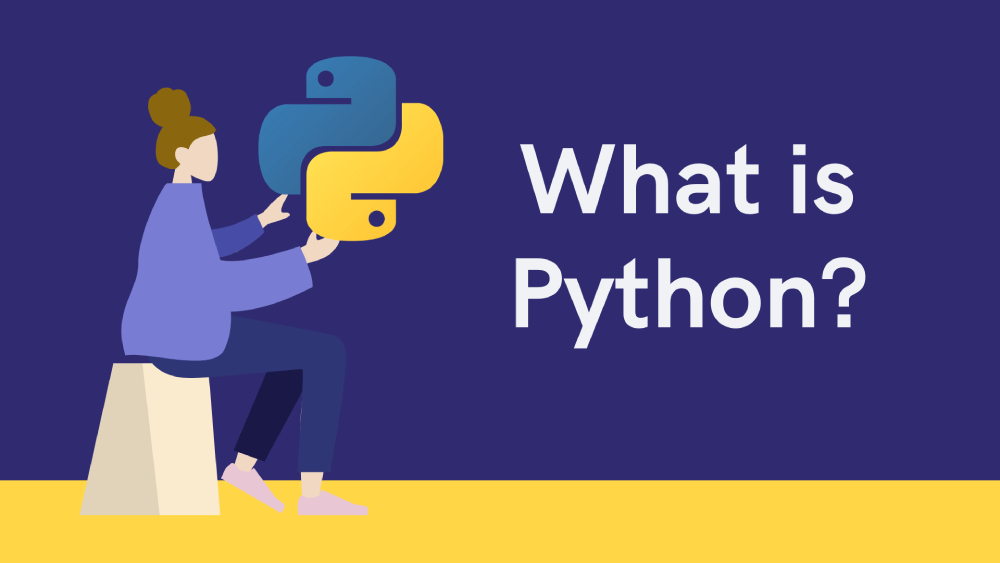
Go vs Python for web development: Which should you choose in 2025?
The landscape of web development continues to evolve rapidly, and developers are constantly seeking the optimal programming language for their projects. Among the most debated choices today are Go and Python – two languages that have carved distinct niches in the development ecosystem. This comprehensive Go vs Python for web development comparison from PowerGate Software examines the strengths, weaknesses, and practical applications of both languages to provide developers and technical leaders with the insights needed to make strategic decisions for their web development projects.
1. What is Go? What is Python?
1.1. What is Go?
Go or Golang, developed by Google in 2009, emerged from the necessity to address the challenges of large-scale software development. Go was designed to combine the efficiency of compiled languages with the ease of programming found in interpreted languages.
Core characteristics of Go:
- Compiled language: Source code is compiled directly to machine code
- Statically typed: Type checking occurs at compile time
- Concurrent by design: Built-in support for goroutines and channels
- Minimalist philosophy: Simple syntax with powerful capabilities
Popular frameworks: Gin, Echo, Fiber, and Beego dominate the Go web development landscape.
1.2. What is Python?
Python, conceived by Guido van Rossum in 1991, has evolved into one of the most versatile programming languages in existence. Its design philosophy emphasizes code readability and simplicity.
Core characteristics of Python:
- Interpreted language: Code execution through runtime interpretation
- Dynamically typed: Type checking occurs during runtime
- Multi-paradigm: Supports procedural, object-oriented, and functional programming
- Extensive ecosystem: Vast collection of libraries and frameworks
Popular frameworks: Django, Flask, and FastAPI represent the most widely adopted Python web frameworks.

Python is a versatile, high-level language known for its readability and simplicity – Source: python.land
2. Comprehensive comparison: Go vs Python for Web Development
| Feature | Go (Golang) | Python | Winner |
| Performance & Speed | Excellent (compiled, native binary) | Good for most applications (interpreted, generally slower) | Go |
| Development Speed | Good (simple, strict, but more verbose for web) | Excellent (developer-friendly, concise syntax) | Python |
| Web Framework Ecosystem | Lean, modular, requires more boilerplate | Mature, powerful (Django), modern (FastAPI) | Python |
| Concurrency & Scalability | Outstanding (goroutines, built-in) | Good (asyncio), but not as optimized as Go | Go |
| Community support and market presence | Niche, growing (DevOps, backend APIs) | Massive, diverse (ML, web, automation) | Python |
| Tooling & Deployment | Simple (single binary), efficient | Requires an interpreter, more dependency management | Go |
2.1. Performance and speed
Go’s compiled nature provides a substantial performance advantage over Python’s interpreted execution model. Benchmark studies consistently show Go applications executing 10-50 times faster than equivalent Python programs, particularly in CPU-intensive operations. (You can refer to this document.)
| Go’s performance and speed | Python’s performance and speed |
|
|
2.2. Development speed
Python’s design philosophy of readability and simplicity translates into significantly faster development cycles, particularly for rapid prototyping and iterative development.
| Go’s development speed | Python’s development speed |
|
|
2.3. Web framework ecosystem
The framework ecosystem reflects each language’s fundamental philosophy and target use cases.
| Go’s framework ecosystem | Python’s framework ecosystem |
| Newer ecosystem but rapidly maturing with enterprise adoption
Frameworks:
|
Over 15 years of framework evolution and community refinement
Frameworks:
|
2.4. Concurrency and scalability
For many common web applications, Python’s concurrency is sufficient, but for extreme scalability and performance under heavy load, Go often takes the lead.
| Go’s concurrency and scalability | Python’s concurrency and scalability |
|
|
2.5. Community support and market presence
Community size and market adoption significantly impact long-term viability and developer resources. According to the 2024 Stack Overflow Developer Survey, 46.9% of professional developers reported using Python, compared to just 14.4% for Go.
| Go’s community support and market presence | Python’s community support and market presence |
|
|
2.6. Deployment and operational considerations
Deployment complexity and operational overhead significantly impact the total cost of ownership for web applications. Go offers a remarkably straightforward deployment process, while Python’s deployment can be slightly more complex.
| Go’s deployment and operational considerations | Python’s deployment and operational considerations |
|
|
3. Conclusion: When to choose Go? When to choose Python?
It’s crucial to understand that there is no definitive “better” language between Go and Python for web development. The optimal choice depends entirely on your project’s specific requirements, constraints, and long-term goals.
3.1. When to choose Go?
Go is an excellent choice for web development projects that prioritize:
- High-Performance microservices: Its efficiency and superior concurrency make it ideal for building independent, high-performance services that communicate with each other.
- Systems handling large concurrent requests: If your application anticipates massive concurrent user loads or requires real-time data processing, Go’s goroutines will be a significant asset.
- DevOps tools and high-efficiency backend APIs: For building robust infrastructure tools, command-line interfaces (CLIs), or highly efficient backend APIs that serve many clients, Go excels.
Examples of platforms using Go:
- Uber: Uses Go for various core services, particularly for its trip execution platform, due to its efficiency and concurrency handling.
- Gitea: Uses Go as its core language for building a lightweight, self-hosted Git service. Chosen for its simplicity, speed, and ease of deployment via a single binary.
- Fider: Built with Go on the backend, Fider powers user feedback forums for small SaaS products. Go enables fast performance and easy self-hosting for developers.

Uber is one of the famous platforms using Go – Source: diendandoanhnghiep.vn
3.2. When to choose Python?
Python is often the preferred choice for projects that emphasize:
- Rapid MVP development: Its developer-friendliness and extensive libraries allow for quick iteration and faster time-to-market.
- New developers learning programming: Python’s gentle learning curve makes it a fantastic starting point for aspiring developers to grasp programming concepts and build web applications.
- Versatile applications (Web + ML/AI + Automation): If your project involves a blend of web development with machine learning, artificial intelligence, data processing, or automation tasks, Python’s rich ecosystem across these domains makes it an unparalleled choice.
Examples of web platforms using Python:
- Instagram: Famously built its backend using Django, demonstrating Python’s capability to scale to massive user bases.
- Zulip: Built its backend with Django, showcasing Python’s strength in powering complex, real-time collaboration platforms.
- WriteFreely: While the core is in Go, many integrations and admin tools around WriteFreely are built using Python (Flask/Django), reflecting its popularity in lightweight web services.
==> You can refer to Python Web Development Services of PowerGate Software
In conclusion, both Go and Python are powerful and versatile languages for web development. Your decision should stem from a clear understanding of your project’s specific requirements. If you’re building a high-performance, concurrent system or a microservices architecture where speed and efficiency are paramount, Go is likely your champion. Conversely, if rapid development, extensive libraries, a large developer pool, and integration with AI/ML are key, Python will serve you exceptionally well.

